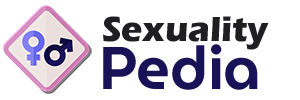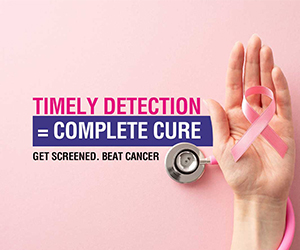Creating Inclusive Sexual Health Conversations: Language That Welcomes Everyone
Learn how to use inclusive language in sexual health discussions that respects diverse identities, orientations, and experiences while promoting accessibility and understanding.
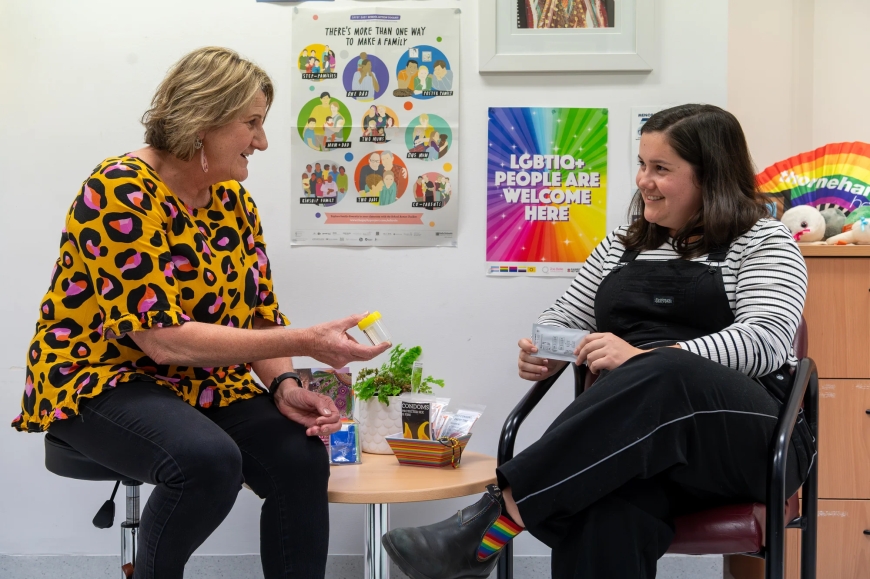
Language shapes reality, particularly in healthcare settings where the words we use can either create welcoming, affirming environments or perpetuate exclusion and discrimination. In sexual health conversations, inclusive language becomes especially crucial as it touches on deeply personal aspects of identity, relationships, and bodily experience. Creating truly inclusive sexual health conversations requires understanding how language impacts different communities while developing communication approaches that honor diversity without sacrificing medical accuracy or clarity. This comprehensive approach to inclusive language benefits everyone by creating safer spaces for honest health discussions and improving health outcomes across all populations.
Understanding the Impact of Language in Healthcare
The language used in healthcare settings significantly influences patient comfort, trust, and willingness to share important health information. For marginalized communities, non-inclusive language can create barriers to care that have serious health consequences, while inclusive language can facilitate open communication that leads to better health outcomes.
Research consistently demonstrates that LGBTQ+ individuals, people with disabilities, and members of various cultural communities often delay or avoid healthcare due to concerns about discrimination or lack of understanding from providers. Language plays a central role in these experiences, as even well-intentioned healthcare providers may use terminology that feels exclusionary or invalidating to patients whose experiences don't fit traditional assumptions.
Inclusive language in sexual health goes beyond political correctness—it represents a commitment to providing equitable care that acknowledges the full spectrum of human diversity. When healthcare providers and educators use language that welcomes all individuals, they create environments where people feel safe to discuss sensitive health concerns honestly and completely.
The impact of inclusive language extends beyond individual interactions to influence broader cultural attitudes toward sexual health and healthcare accessibility. Communities that experience welcoming, affirming language in sexual health contexts are more likely to engage in preventive care, seek treatment for health concerns, and participate in health education programs.
Gender-Inclusive Language Fundamentals
Traditional medical language often assumes binary gender categories and heterosexual relationships, creating exclusion for transgender, non-binary, and gender-diverse individuals. Developing gender-inclusive language requires understanding both the limitations of traditional terminology and the alternatives that create more welcoming communication.
Instead of assuming "women" experience menstruation, inclusive language might refer to "people who menstruate" or "menstruating individuals." This approach acknowledges that not all women menstruate (due to age, medical conditions, or transgender status) while recognizing that some transgender men and non-binary individuals do experience menstruation.
Pregnancy discussions benefit from inclusive language such as "pregnant people" or "pregnant individuals" rather than exclusively "pregnant women." This terminology includes transgender men and non-binary individuals who may become pregnant while avoiding assumptions about gender identity based on reproductive capacity.
When discussing anatomy, inclusive language can describe body parts without making assumptions about the gender of the people who have them. Terms like "people with vaginas" or "individuals with penises" focus on the relevant anatomy while avoiding gender assumptions that may not apply to all patients.
Sexual Orientation Inclusive Communication
Creating inclusive conversations about sexual orientation requires moving beyond heteronormative assumptions while using language that acknowledges the full spectrum of sexual and romantic identities.
Rather than asking about "boyfriends" or "husbands," inclusive intake forms and conversations might ask about "partners," "significant others," or "romantic relationships." This approach welcomes people of all sexual orientations without requiring them to correct assumptions or disclose their orientation before receiving appropriate care.
When discussing sexual behavior, inclusive language avoids assumptions about the types of sexual activities people engage in based on their apparent gender or stated orientation. Terms like "sexual partners" or "people you have sex with" are more inclusive than assumptions about specific sexual acts or partner configurations.
Relationship status discussions benefit from inclusive options that acknowledge diverse relationship structures, including polyamory, relationship anarchy, and other consensual non-monogamous arrangements. Rather than assuming monogamous couple relationships, inclusive language might ask about "current sexual partners" or "people you're sexually active with."
Disability-Inclusive Sexual Health Language
Sexual health conversations must acknowledge that people with disabilities are sexual beings with the same needs for sexual health information and services as anyone else. Inclusive language in this context avoids both the medicalization of disability and assumptions about sexual capacity or interest.
Person-first language generally emphasizes the person rather than their disability, using phrases like "person with a disability" rather than "disabled person," though some disability communities prefer identity-first language. Understanding community preferences and asking individuals about their preferred terminology shows respect for personal choice and community identity.
Avoiding assumptions about sexual capacity or interest prevents the marginalization of people with disabilities in sexual health discussions. Rather than assuming people with certain disabilities are not sexually active, inclusive approaches ask about sexual health needs while providing appropriate accommodations and support.
Accessibility considerations in sexual health communication include providing materials in multiple formats, using clear and simple language when appropriate, and ensuring that communication methods accommodate various sensory and cognitive differences.
Cultural and Religious Sensitivity
Inclusive sexual health conversations must navigate diverse cultural and religious perspectives while maintaining respect for different values and beliefs without compromising medical accuracy or patient safety.
Understanding that different cultures may have varying levels of comfort with direct sexual health discussions helps providers adapt their communication style while ensuring that necessary health information is still conveyed. This might involve using more indirect language, involving family members when appropriate and desired, or providing written materials for private review.
Religious considerations in sexual health discussions require balancing respect for spiritual beliefs with medical necessity. Inclusive approaches acknowledge religious perspectives while ensuring that patients receive complete health information that enables informed decision-making about their care.
Cultural humility involves recognizing that healthcare providers may not fully understand all cultural contexts and being willing to learn from patients about their needs and preferences. This approach creates more inclusive conversations by centering patient experiences and expertise about their own cultural backgrounds.
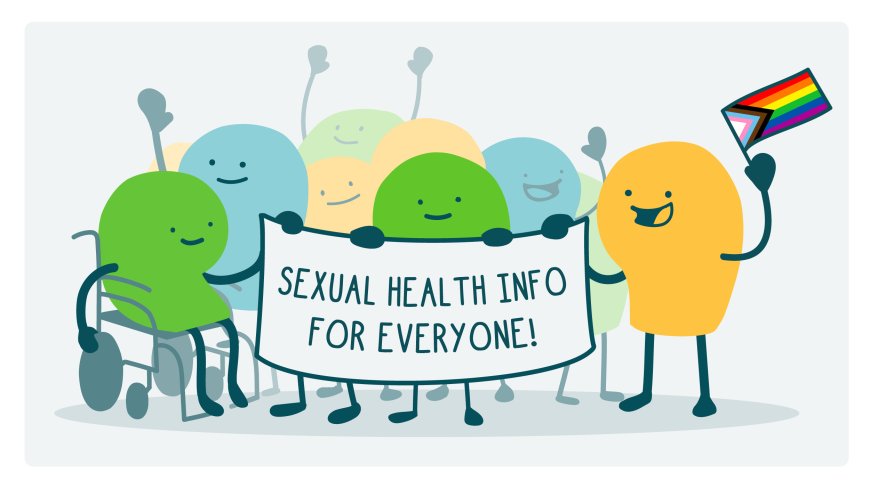
Age-Appropriate Inclusive Language
Sexual health conversations span all age groups, requiring inclusive language approaches that are appropriate for different developmental stages while remaining welcoming to diverse identities and experiences.
Adolescent sexual health conversations benefit from inclusive language that doesn't assume heterosexuality or binary gender while remaining age-appropriate and accessible. This includes using terms that young people understand while avoiding language that might feel clinical or alienating.
Discussions with older adults require inclusive language that acknowledges continued sexual health needs while avoiding ageist assumptions about sexual interest or capacity. Many older adults are navigating questions about sexual orientation or gender identity later in life and need inclusive, affirming language in healthcare settings.
Intergenerational inclusive language recognizes that terminology and understanding of sexual and gender identity continue to evolve, requiring flexibility and willingness to learn from people of all ages about their preferred terminology and identities.
Professional Development and Training
Creating inclusive sexual health conversations requires ongoing education and skill development for healthcare providers, educators, and other professionals working in sexual health contexts.
Cultural competency training should include specific focus on LGBTQ+ health needs, disability inclusion, and cultural sensitivity in sexual health contexts. This training must go beyond basic terminology to address underlying attitudes and assumptions that influence communication quality.
Regular community engagement helps professionals stay current with evolving language preferences and understand the lived experiences of the communities they serve. This might involve participating in community events, consulting with community organizations, or engaging in ongoing dialogue with diverse patients and clients.
Peer consultation and supervision can help professionals navigate challenging inclusive language situations while continuing to develop their skills in creating welcoming, affirming healthcare environments.
Inclusive Forms and Documentation
Written materials, intake forms, and documentation systems significantly impact the inclusivity of sexual health conversations by either reinforcing or challenging traditional assumptions about identity and relationships.
Intake forms can include inclusive options for gender identity, sexual orientation, and relationship status while allowing for write-in responses that accommodate identities not listed in predetermined categories. This approach signals inclusion while gathering necessary health information.
Medical documentation systems increasingly include options for recording chosen names, pronouns, and gender identity alongside legal names and sex assigned at birth. This information helps all healthcare team members communicate respectfully with patients while maintaining necessary medical records.
Health education materials benefit from inclusive language and imagery that represents diverse communities while providing accurate, accessible health information. This includes using diverse examples in case studies and scenarios while avoiding assumptions about readers' identities or experiences.
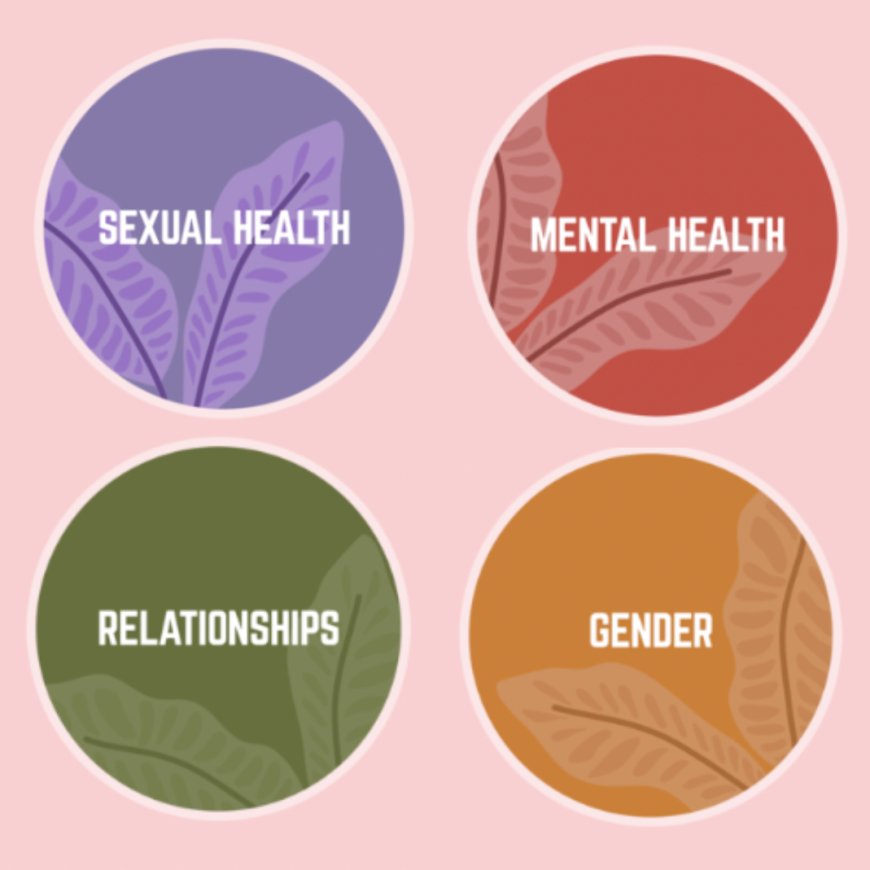
Addressing Mistakes and Learning
Even well-intentioned professionals will sometimes use non-inclusive language or make assumptions that exclude or invalidate patient experiences. Creating inclusive conversations requires developing skills for addressing these situations constructively.
When language mistakes occur, brief acknowledgment and correction demonstrate respect for patients while modeling appropriate responses to errors. Over-apologizing or becoming defensive can make situations more uncomfortable for patients who are already navigating potentially difficult healthcare conversations.
Creating feedback mechanisms allows patients and community members to provide input about language use and inclusivity without fear of retaliation or negative consequences for their care. This feedback helps healthcare organizations continue improving their inclusive communication practices.
Professional development should include training on receiving feedback about inclusive language and using it constructively to improve communication skills and organizational practices.
Technology and Inclusive Communication
Modern healthcare increasingly relies on technology platforms that must be designed with inclusive language principles to ensure equitable access and welcoming experiences for all users.
Electronic health records systems should accommodate diverse identities and relationships while providing healthcare teams with the information they need to communicate respectfully and provide appropriate care.
Telehealth platforms and digital health tools benefit from inclusive design that considers diverse user needs and preferences while maintaining privacy and security for sensitive health information.
Health apps and online resources should use inclusive language and provide information relevant to diverse communities while avoiding assumptions about users' identities, relationships, or health needs.
Community Engagement and Advocacy
Creating truly inclusive sexual health conversations requires ongoing engagement with diverse communities to understand their needs, preferences, and experiences with healthcare communication.
Community advisory groups can provide valuable input about inclusive language preferences while helping healthcare organizations understand the barriers and facilitators to accessing sexual health services in their communities.
Advocacy efforts should include promoting policy changes that support inclusive healthcare communication while addressing systemic barriers that prevent equitable access to sexual health services.
Collaboration with community organizations helps healthcare providers understand the broader context of their patients' lives while building relationships that support better health outcomes for marginalized communities.
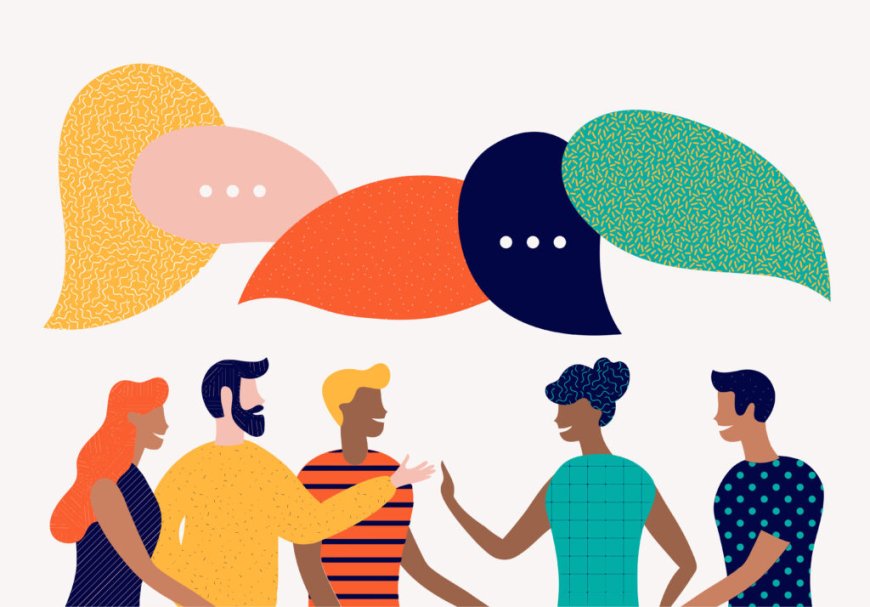
Measuring Inclusivity and Outcomes
Evaluating the effectiveness of inclusive language initiatives requires measuring both process indicators (such as staff training completion) and outcome measures (such as patient satisfaction and health outcomes across diverse populations).
Patient feedback surveys should include questions about communication quality and feelings of welcome and inclusion in healthcare settings. This feedback helps organizations understand whether their inclusive language efforts are having the intended impact.
Health outcome disparities across different populations can indicate areas where inclusive communication improvements might contribute to better health equity and access to care.
Staff confidence and competence in using inclusive language can be measured through assessments and feedback mechanisms that help identify ongoing training and support needs.
Future Directions and Continuous Improvement
Language continues to evolve, particularly around identity and inclusion, requiring ongoing attention to emerging terminology and changing community preferences.
Staying current with inclusive language requires ongoing education, community engagement, and willingness to adapt communication practices as understanding and preferences evolve.
Research on inclusive healthcare communication continues to provide evidence about effective approaches and their impact on health outcomes, informing best practices and policy development.
Creating inclusive sexual health conversations represents an ongoing commitment to equity, respect, and quality care for all individuals. By developing and maintaining inclusive language practices, healthcare providers and educators can create environments where everyone feels welcomed, respected, and empowered to engage in the sexual health conversations they need for their wellbeing and health.
The goal of inclusive language in sexual health is not to eliminate all differences or pretend that diverse experiences are identical, but rather to create communication approaches that honor diversity while providing excellent healthcare to all individuals regardless of their identity, background, or circumstances.
